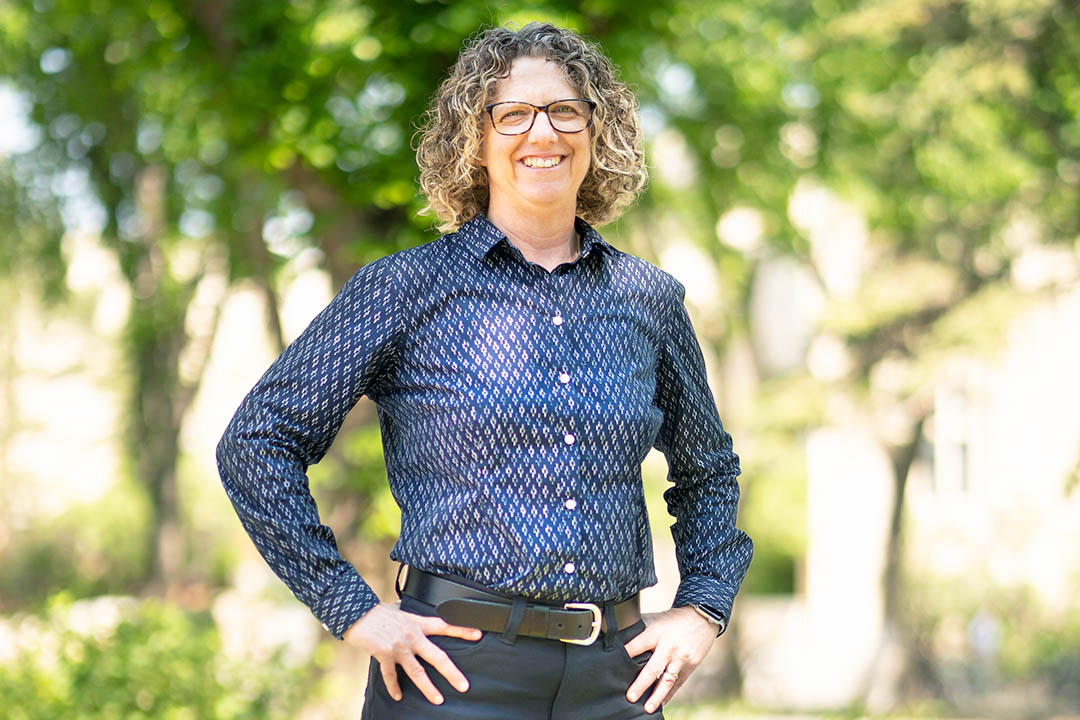
USask open textbooks more popular than ever
This academic year, more students than ever before—50 per cent more than last year—at the University of Saskatchewan (USask) will use an open textbook, thanks in large part to Dr. Jorden Cummings (PhD).
By Meghan SiredCummings, a psychology professor in the College of Arts and Science, was part of a team that developed an open textbook—books available online for free—for several sections of two first-year USask psychology classes.
“I noticed every semester I had more and more students who told me they couldn’t afford the textbook and were trying to get by without it because of its cost,” said Cummings. “Creating an open book was a way that I could make the class more accessible, and guarantee that no one would be at a disadvantage because they couldn’t obtain the text.
“The experience was a lot of work but worthwhile. Working with the graduate student assistants was wonderful and seeing the project come together was rewarding for all of us.”
With traditional textbooks costing on average $100, students from across the institution using open textbooks are expected to save a total of $660,000 in the 2019/20 academic year, which brings the total savings to $1.84 million since 2014/15.
Open textbooks have an open copyright license and are made available online to be freely used by anyone with internet access. According to Heather Ross, an educational developer at the Gwenna Moss Centre for Teaching and Learning, more and more faculty are interested in developing their own open educational resources, or modifying existing ones.
“I’m very pleased that many instructors at the University of Saskatchewan see not only the benefits of open educational resources for students, in financial terms, but also through the opportunities that open resources offer in terms of the pedagogical benefits and academic control, or freedom for professors,” said Ross. “We are one of the leaders in Canada in the integration, creation and modification of open educational resources, something we should all be very proud of.
“The new first-year psychology open textbook is a prime example of taking existing open resources and shaping it and adding to it—similar work has been done in geology, physics, and the Edwards School of Business.”
Cummings used funding available through the Gwenna Moss Centre to hire graduate students to help develop slides for classes and a test bank. She said she relied on the expertise of people from across campus to help create her open textbook, including those from the Department of Psychology, the Gwenna Moss Centre, and the Distance Education Unit.
To view open textbooks from USask, visit openpress.usask.ca. Faculty who want more information about adapting or modifying open educational resources can contact Heather Ross at heather.ross@usask.ca.

